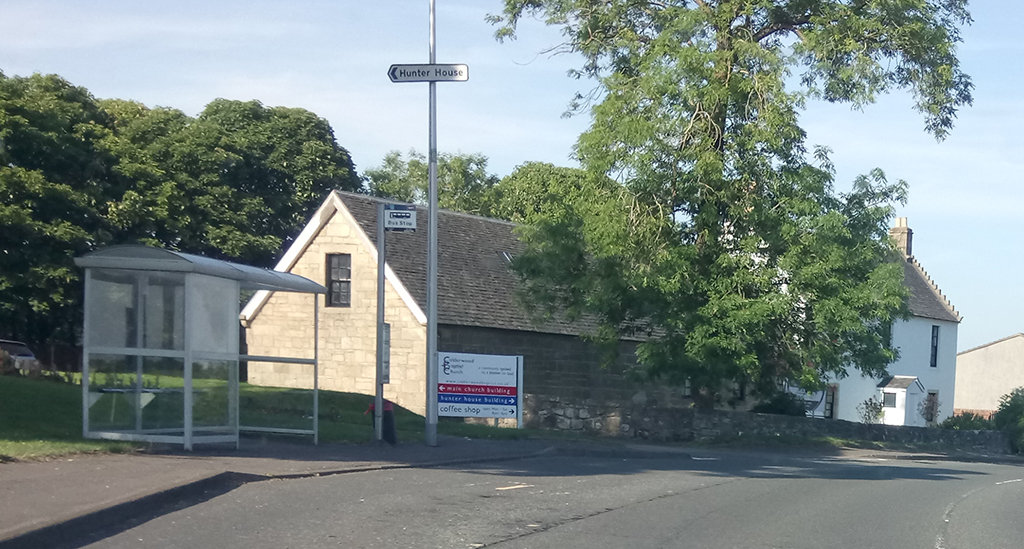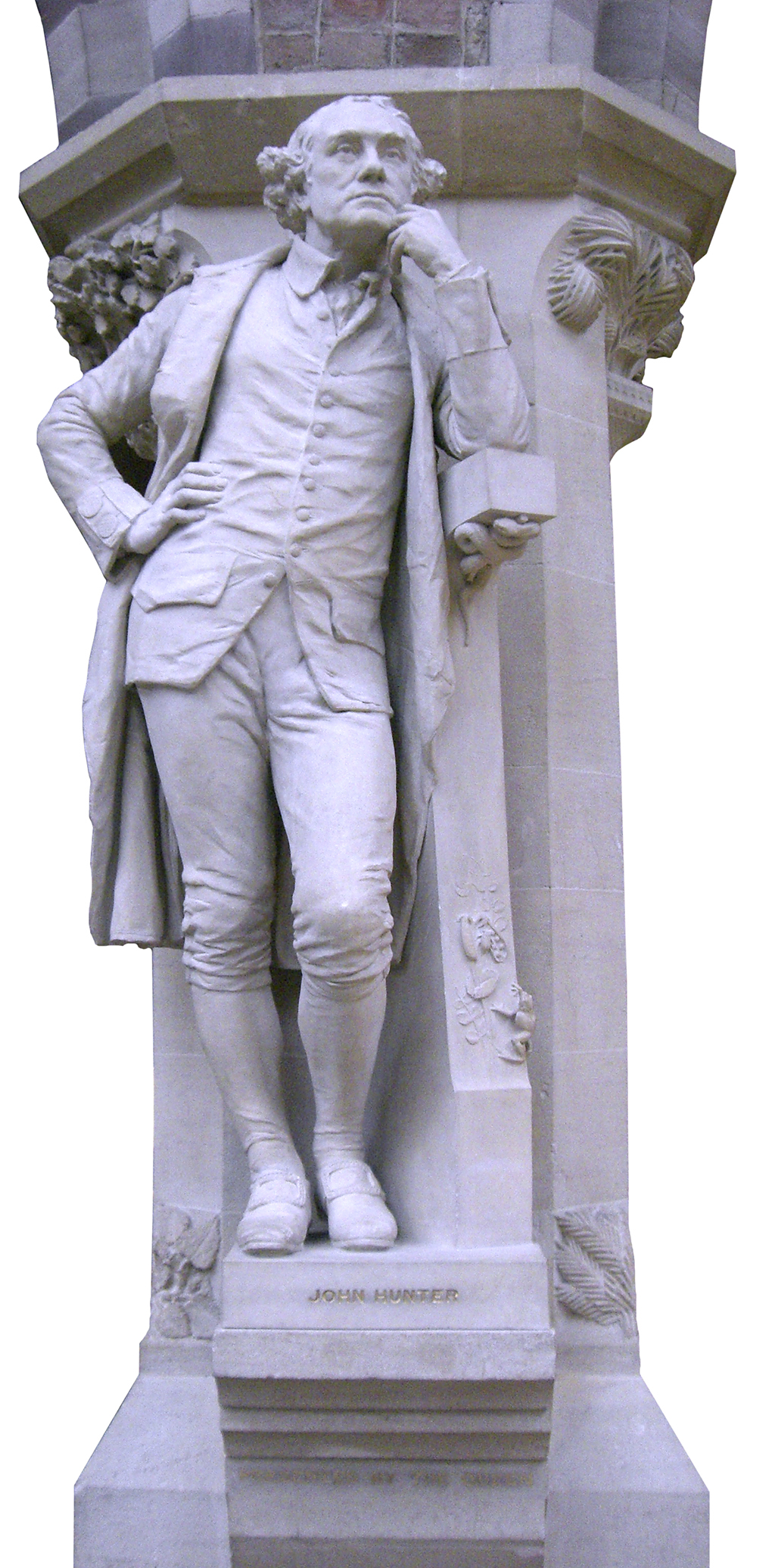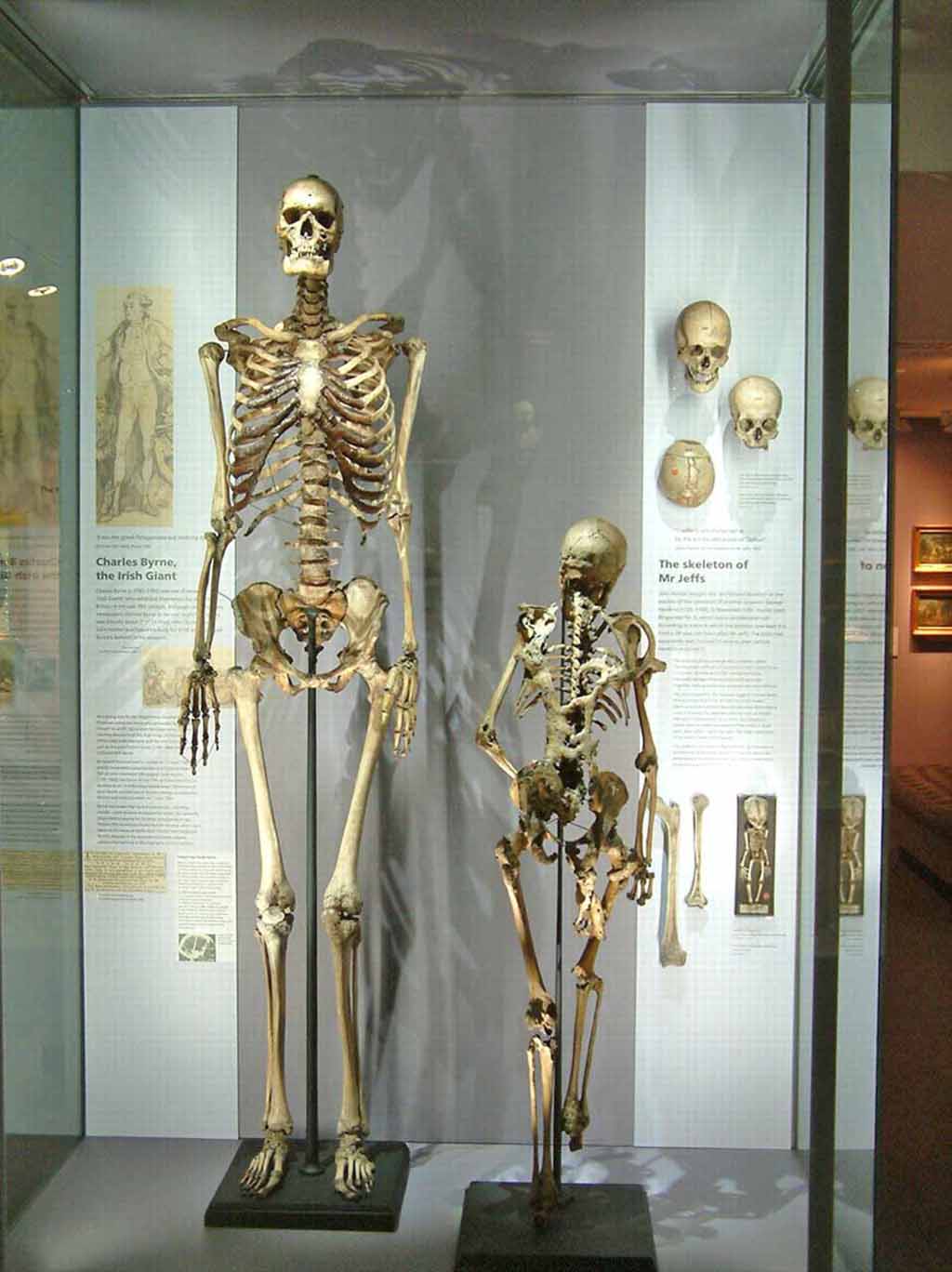Self-taught John Hunter was the most famous surgeon of his age – but the man who was the inspiration for Jekyll and Hyde had no qualms about acquiring stolen corpses on which to perfect his skills.
Everyone knows the story of Jekyll and Hyde. But few realise that the setting for the gothic tale of the honourable doctor who is transformed into a murdering fiend was inspired by the house of an 18th-century Scottish surgeon named John Hunter.
Hunter did not stoop to murder – at least as far as we know. As the most popular surgeon of the Georgian era, he was a pillar of society and a pioneer of science, just like the respectable Dr Jekyll. But the extremes to which he went to pursue his medical research took him into a shadowy underworld, just like Mr Hyde.
John Hunter was born in 1728, the tenth child in a humble farming family at Long Calderwood near East Kilbride. He went to the village school but hated lessons – he was probably dyslexic – and played truant whenever he could.
Rather than poring over dry books, he preferred to spend his days hunting for birds’ eggs and small mammals, which he then dissected in the fields. His curiosity was bound less. ‘I wanted to know about the clouds and the grasses, why the leaves change colour in the autumn,’ he wrote later. ‘I watched the ants, bees, birds, tadpoles and caddis worms. I pestered people with questions about what nobody knew or cared anything about.’

Hunter House in East Kilbride, the birthplace of John Hunter
It was the beginning of a self-education which occupied his entire life. Leaving school at 13, Hunter had no obvious ambitions until, at the age of 20, he joined his older brother William in London. Ten years older than John, William had studied at Glasgow University, moved south to train as a surgeon and aspired to become a physician at the top of the medical hierarchy.
While John was brash, outspoken and down to earth, William was vain, ambitious and a wily entrepreneur. Ultimately, William became London’s most fashionable ‘man-midwife’ and supervised the births of all 15 children of King George III and Queen Charlotte.
In 1748, when John joined his brother, William had just opened his new anatomy school in Covent Garden. Already it was a roaring success – and the secret of that success was its regular supply of fresh corpses. While other anatomy schools struggled to find one or two bodies a year, William guaranteed every pupil his own corpse for hands-on dissection. Since there was no legal supply of corpses to private anatomy schools, the only source for those bodies was the grave.
John became William’s pupil and assistant, as well as taking over the vital task of liaising with the bodysnatchers who supplied the school. Working at night throughout the winter, the Resurrection Men, as they were known, unearthed freshly buried men, women, children, babies and pregnant women from paupers’ graveyards and delivered the corpses in sacks or hampers to the back doors of anatomists like the Hunter brothers.
John became their favourite customer, renowned for paying the highest prices for unusual or interesting bodies.
Before long the pupil had surpassed his teacher in the art of dissection. Over the course of the next 12 years as the brothers worked together, John would dissect some 2,000 bodies. But their relation ship soured as William became jealous of his brother’s skills and John increasingly resented William’s appropriation of his handiwork and discoveries.
In 1760 they decided to go their separate ways when John joined the army and sailed for France.

A statue of John Hunter
John spent three years as an army surgeon before returning to London to set up in private practice. Without money or connections, it was a struggle but his unparalleled knowledge of human anatomy and his dedication to experimentation won him influential friends and wide acclaim.
By the 1780s John Hunter was the highest paid surgeon of the age – often treating the celebrities of his day. In 1786 he removed a cyst from the cheek of Prime Minister William Pitt the Younger and the following year he treated the economist Adam Smith for piles. Smith travelled down from Kirkcaldy for the consultation; it must have been a painful ride in a bumpy stagecoach.
Hunter was appointed surgeon-general of the British Army and surgeon extraordinary to George III. He had an extraordinary appetite for his profession, working for 18 hours a day, and dividing his time between his poor patients at St George’s Hospital and the rich clients who visited his house – while devoting the bulk of his time to research.
He pioneered numerous medical advances, including artifi cial feeding and resuscitation techniques, and published many medical discoveries including the circulation of the placenta. He was a brilliant naturalist who kept a menagerie at his farm in Earls Court and worked out the basic steps of evolution more than 60 years before Darwin.
But more significant than any single discovery or innovation, his lasting achievement was his insistence that all medicine should be based on scientifi c evidence. It was a doctrine he taught to some 1,000 pupils, including Edward Jenner who invented the smallpox vaccine, and it is as relevant today as ever.

The skeleton of Charles Byrne on display at the Hunterian Museum
Hunter maintained his connections with the bodysnatchers all his life. At one point he paid 500 guineas for the body of Charles Byrne, the self-styled ‘Irish Giant’, who was 7ft 8in tall. Aware that he was dying, Byrne begged his friends to bury his body in a lead coffi n at sea. But Hunter simply bribed the undertakers and stole the corpse on its journey to the coast. The giant’s skeleton can still be seen at the Hunterian Museum in London’s Lincoln’s Inn Fields.
It is little wonder that Hunter’s final home at 28 Leicester Square inspired the setting for Robert Louis Stevenson’s Dr Jekyll and Mr Hyde. No.28 was actually two houses that backed on to each other, joined by a purpose-built lecture theatre and museum displaying nearly 14,000 human and animal specimens. The family – Hunter, his wife Anne and their two children – lived in the elegant house on Leicester Square while his students lodged in the shabby house fronting Charing Cross Road where he also had an attic dissecting room.
By day wealthy Georgians arrived at Leicester Square to consult the eminent surgeon. At night the action shifted to the plain door in Charing Cross Road where the bodysnatchers delivered the stolen corpses. It was from this door, in Stevenson’s story, that Hyde emerged. Writing home in the early hours one pupil revealed: ‘There is a dead carcase just at this moment rumbling up the stairs and the Resurrection Men swearing most terribly.’
Like Jekyll and Hyde, Hunter’s house showed two faces to the world. But there was nothing two-faced about Hunter himself. When he died of a heart attack in 1793 his body was brought back to Leicester Square. And the following day it was dissected – according to his wishes – by his own students.
TAGS

